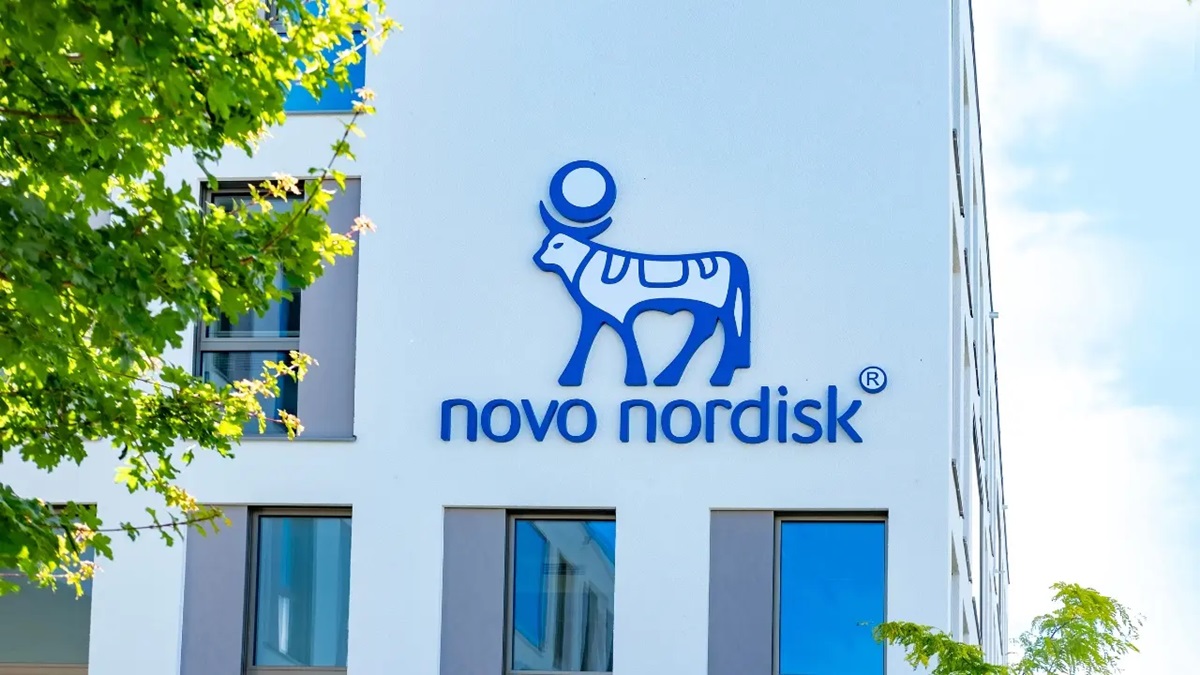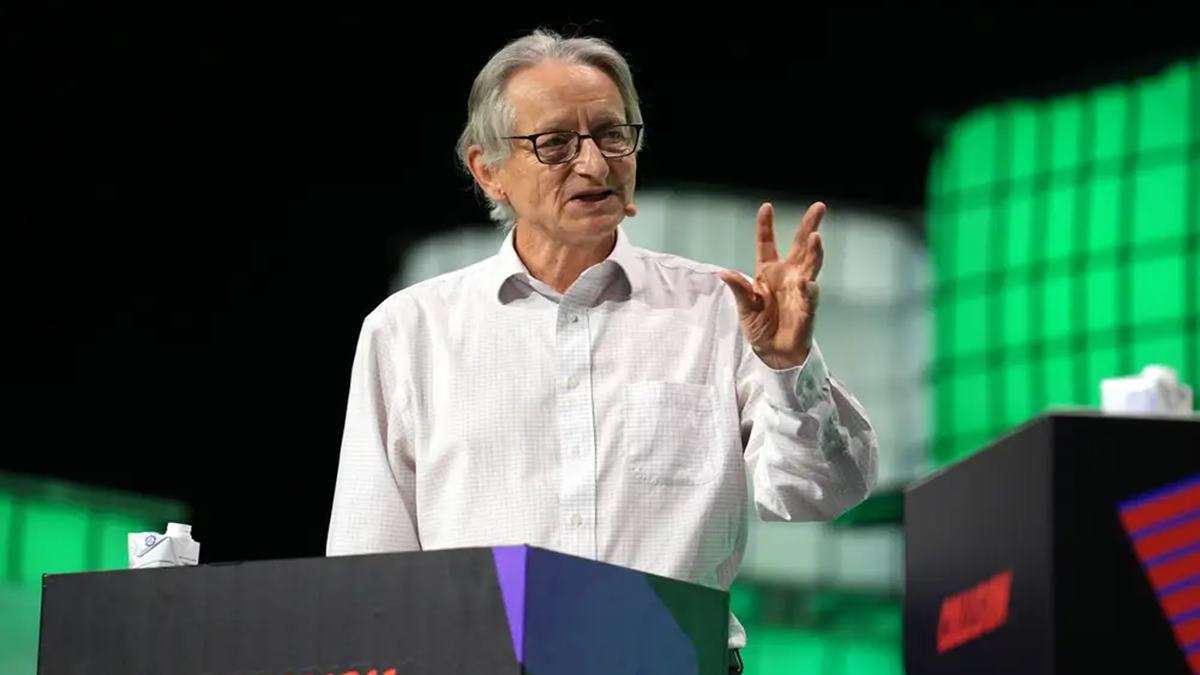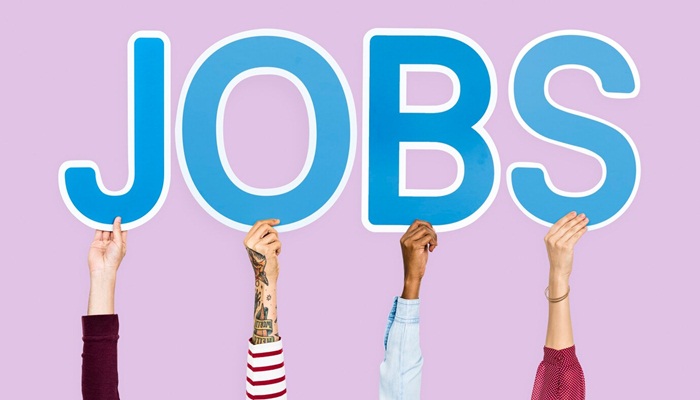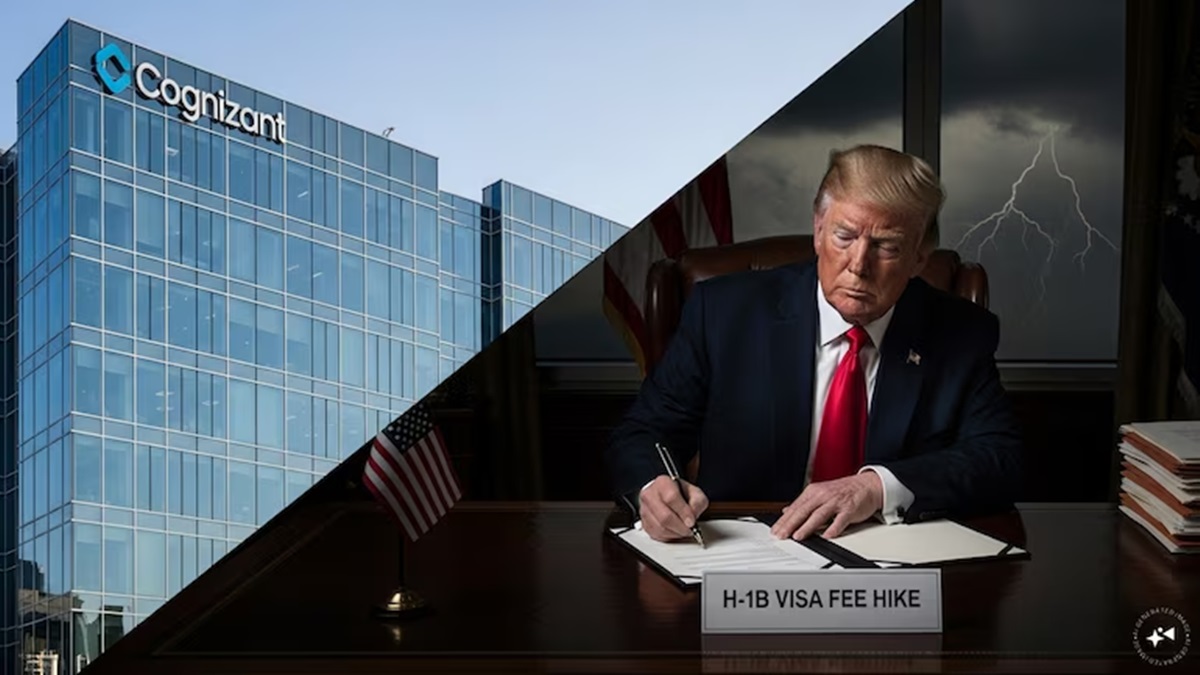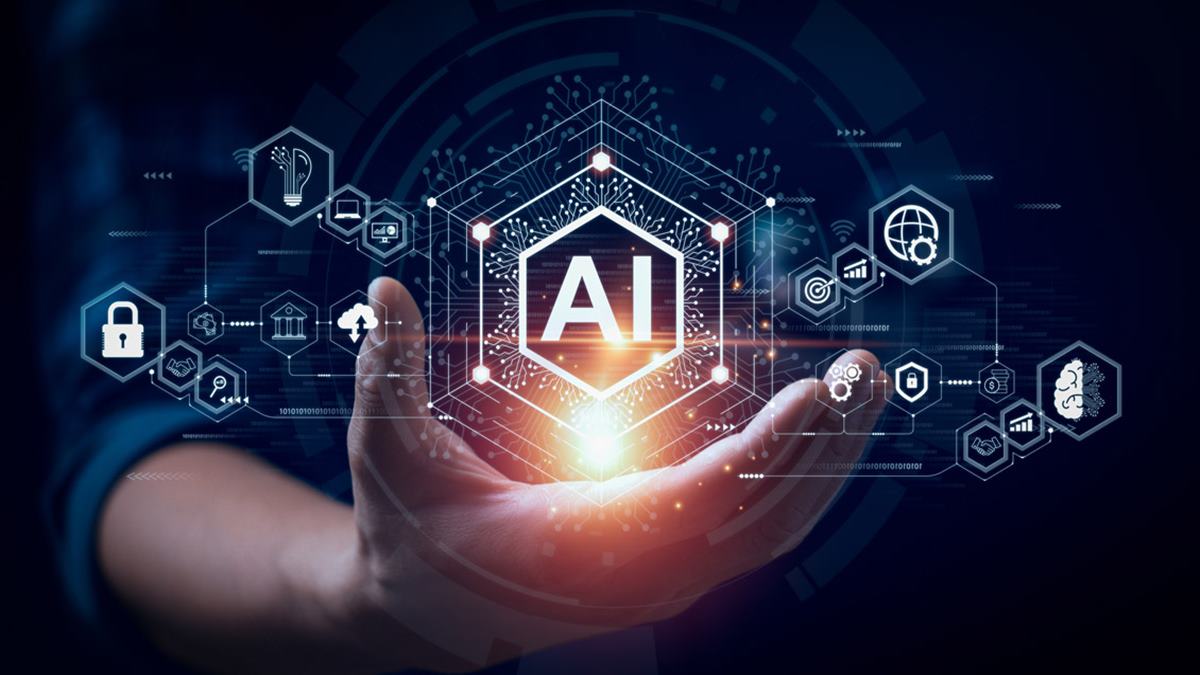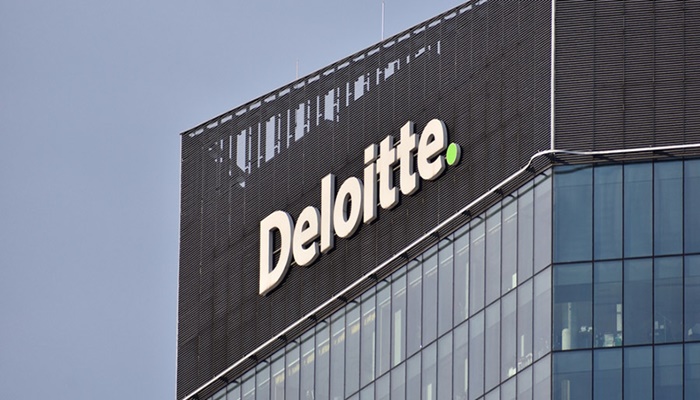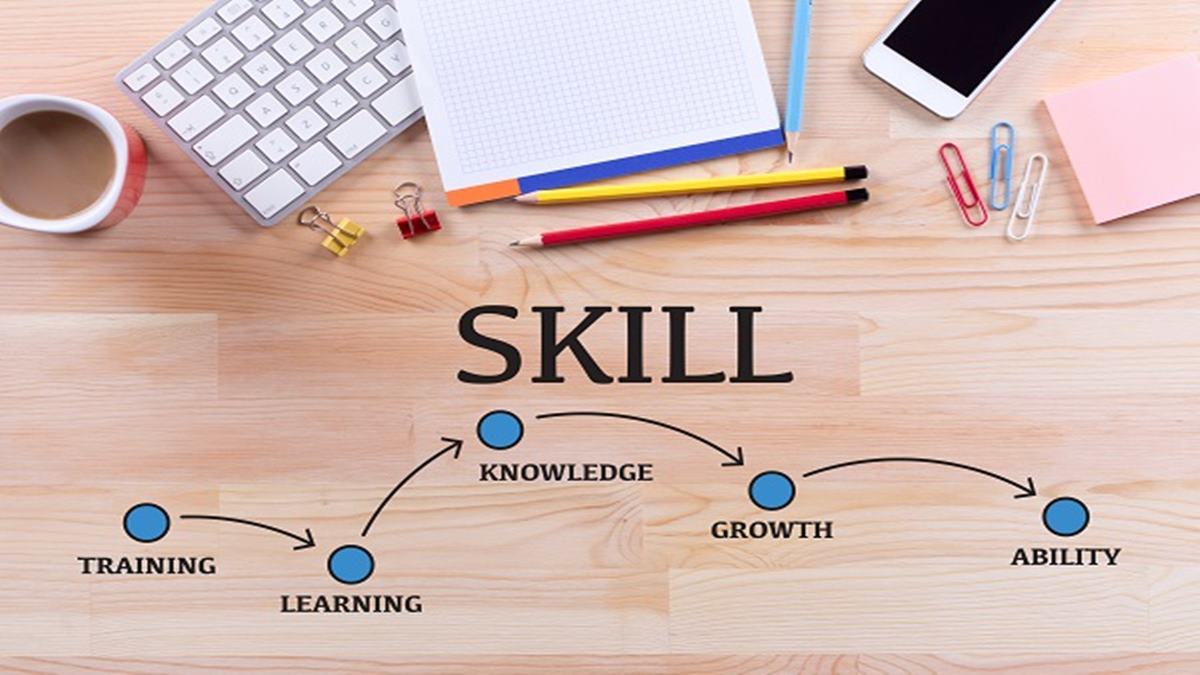At a workforce conference in Bentonville, Arkansas, Walmart CEO Doug McMillon didn’t mince words: artificial intelligence will touch every corner of the workforce.
“It’s very clear that AI is going to change literally every job,” McMillon said. “Maybe there’s a job in the world that AI won’t change, but I haven’t thought of it.”
The statement underscores a growing acknowledgment among major corporations that AI adoption will reshape labor markets far faster than many expected. Companies from Ford to JPMorgan Chase to Amazon have made similar warnings about the looming impact on jobs, said a WSJ report.
Walmart’s Workforce Strategy: Headcount Steady, Jobs Transformed
Walmart, the world’s largest private employer with 2.1 million workers worldwide, said its overall headcount will likely remain stable over the next three years. But the nature of those jobs is shifting:
Some roles will disappear. Warehouse automation, AI-driven chatbots, and back-of-store automation are already eliminating certain positions.Some roles will be transformed. Traditional retail jobs, such as stocking and customer service, are increasingly augmented by AI-powered tools.New roles will be created. Walmart has recently introduced the position of “agent builder”, employees tasked with creating AI tools for merchants. More hires are also expected in home delivery, bakery, and high-touch customer-facing roles.
“We’ve got to do our homework,” said Donna Morris, Walmart’s Chief People Officer. “We don’t yet know what the exact composition of jobs will look like.”
Beyond Warehouses: Chatbots, Data, and “Agents”
Walmart has already deployed AI across several parts of its operations:
- Chatbots (“agents”) for customers, suppliers, and employees.
- Supply chain optimization, where AI tracks logistics, inventory, and product trends.
- Workforce planning, identifying jobs most at risk of elimination or transformation.
In July, Walmart brought in Daniel Danker, a former Instacart executive, to lead its AI efforts. He reports directly to McMillon and works closely with Morris on workforce transformation.
“People in Front of People”: No Robots in Aisles, Yet
Despite the hype around humanoid robots, McMillon was clear that Walmart won’t replace human workers in customer-facing roles anytime soon.
“Until we’re serving humanoid robots and they have the ability to spend money, we’re serving people,” he said. “We are going to put people in front of people.”
This reflects Walmart’s strategy of deploying AI behind the scenes, in warehouses, logistics, and digital customer service, while keeping the human element in-store interactions.
Industrywide Shifts: Reskilling, Not Just Layoffs
Across industries, executives are bracing for the ripple effects of AI.
- Accenture CEO Julie Sweet said the firm is “exiting” employees who can’t adapt to AI while hiring new, AI-fluent staff.
- Ford CEO Jim Farley has predicted AI could replace half of all white-collar workers in the U.S.
- Syngenta has created “lighthouse projects” in R&D and supply chain to test AI’s full potential.
Meanwhile, OpenAI has partnered with Walmart and other companies to launch an AI training certificate program, underscoring the push for reskilling.
The Human Factor: Resilience and Soft Skills
At the same Bentonville event, executives from Bank of America, Blackstone, and other corporations emphasized the importance of human qualities that AI cannot replicate.
“Resilience is the No. 1 predictor of success,” said Courtney della Cava, Senior Managing Director at Blackstone. “There’s nothing soft about soft skills.”
Joe Baratta, Blackstone’s global head of private equity, added: “The history of technology innovation is that people have re-skilled and found gainful employment in other aspects of the economy.”
AI adoption is expected to accelerate over the next 18 to 36 months, according to OpenAI chief economist Ronnie Chatterji. For workers, the message is clear: adapt, reskill, or risk being left behind.
As one AI CEO put it: “You’re not going to do the same job in two years. Embrace the moment.”

